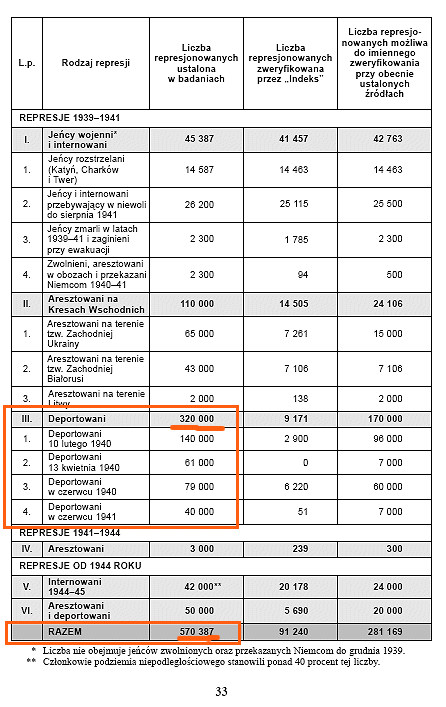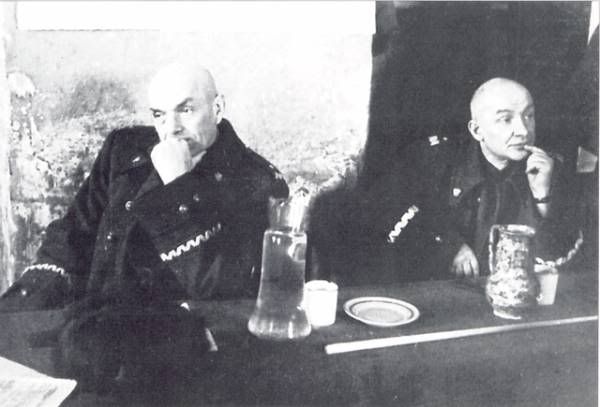But it does not mean the rest who voited not 3 X Yes were agains commies , right?
Other political parties just in order to differ from commies encouraged to vote 1 X YES and 2 X NO (Polskie Stronnictwo Ludowe - Polish People’s Political Party), 2 X NO and 1 X Yes, or 3 X NO (Narodowe Siły Zbrojne - National Armed Forces).
So in fact, the result of “at least 20% of voters” voting 3 X YES, doesn’t determine the scale of commies’ support.
Besides the number of real commies who voted 3 X YES, you need to put into these 20% also a some number of people who wanted that three things mentioned in questions to be done, but not truly supporting commies (or even not aware who commies are). That’s all.
But why then in the Wiki this referendum was called as “weak support of commie”?
Wha’t was it from if youu tell the 3 X Yes was not the supporting commie, so what could be the measure of voting agains commie? You say the rest was agains, but wat was criterion?
We have the referendum of 3 abstract questions which could be interpreted free. Neither as supporting of communists nor as the against them. Thus how could we conclide the most of poles voted against commies?
Well, maybe not strongly, but they were against, because they voted in the way proposed by other political groups and parties.
Perhaps, but where is the evidence the majiority was agains commie?
I think that I t would be suitable to give you the total number of Poles repressed by commies, starting from 1939, not only these who were repressed after the end of war.
I need some more time to gather all information, but we can start from here:
According to official polish national census, polish population in 1938 was 24,150,000.Number of victims of deportations organised by the Soviets in areas taken after 17th of September 1939:
* february 1940 roku: 220-250 thousands
* april 1940 roku: 300-320 thousands
* june 1940 roku: 240-400 thousands
* june 1941 roku: 200-300 thousands
Total: 960.000-1.270.000 victims of deportations.It doesn’t look like yours 2,5 %… It’s 3,97-5,25 %.
And later we will add all victims of Soviets and commies that were unlucky to meet them after june 1941.
Sorry mate but in other thread we have alr5eady discussed this theme.
We just found the confirmation the next figures in the russian archives which give us Egorka
http://www.memo.ru/HISTORY/POLAcy/G_1.htm
According to archives of the convoy forces, we assembled the list of 208 echelons which in 1940 carried the deported from the areas of West Ukrain and Belorussia into USSR. The total number of these echelons according to the convoy documents was 211. But the information about 3 of the could not be located by us. The name lists were absent, but the number of the people on each echelon was available for almost all of them. This way it was possible to estimate the number of Poles deported in 1940: in February 139.000 - 141.000; in April 61.000; in June - july 75.000 .
The total number of deported was up to 325.000 people.( till 1941)
So where was dissapeared the rest 630 000 - 900 000 
My notice:May be you mean not only deported poles to the USSR but all the repressing poles( including sended to the polish prisons and executed). But execution victims were always just little persantage of repressed( no more 3-5%). So was it possible to repressed the rest almost million poles inside the Poland?
Cheers.



 Silesia
Silesia
